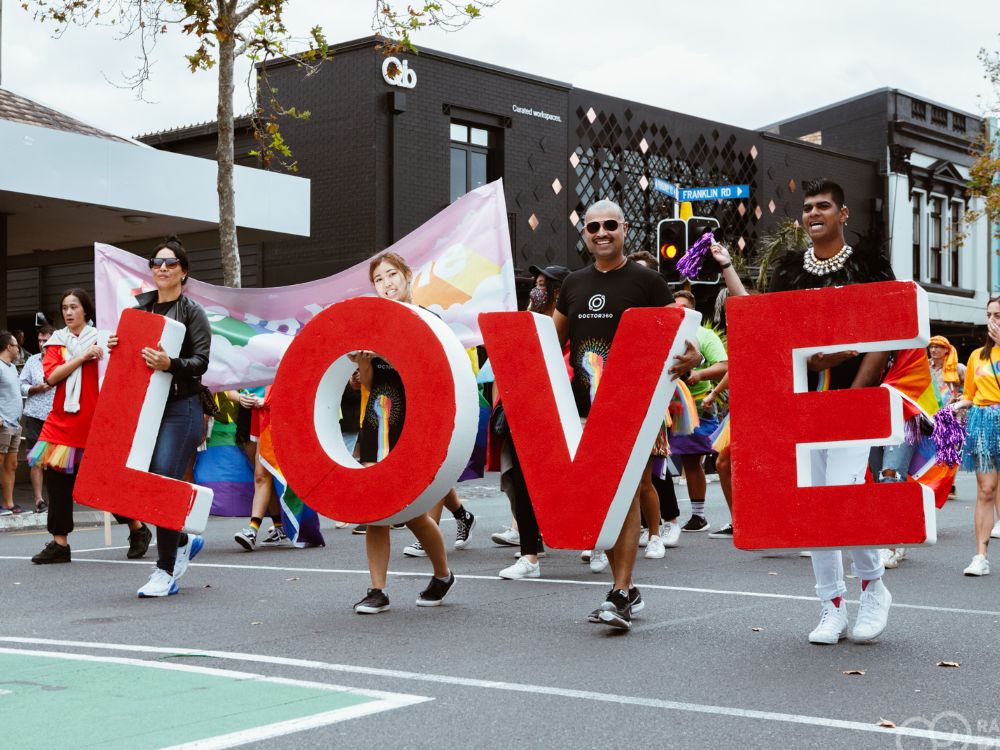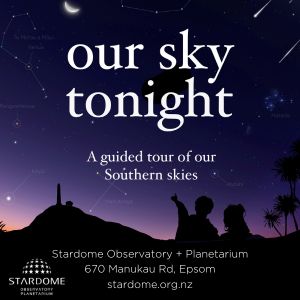Michael Stevens reflects on the ever-changing face of Pride in Aotearoa and longs to be able to gather again.
Happy Pride! Even though it is muted this year thanks to the pandemic. Instead of physically being in the same space we’re invited to be together online, and what choice did the organisers have?
It must have been heartbreaking and frustrating for so many who have put so much time and effort into getting events ready. Once NZAF sensibly announced the Big Gay Out wasn’t going ahead it was inevitable all the rest would follow. It was the only choice, but it’s just not the same.
I’ve been to quite a few different events over the years, some labeled explicitly as ‘Pride’, others, like Halloween in the Castro in San Francisco, were more just a happy riot of queerdom and joy and taking over a public space.
That is why the physical side of Pride, of meeting up with others, is so important. Even today, many of us spend some of our time hiding who we really are. Pride gives us the chance to shine, to be authentic, and have fun.
Fred Sargeant and his partner and some friends were responsible for organising what is seen as the first NYC Pride March in 1970, and thus the first in the world, one year after the Stonewall uprising. They didn’t expect many to show up, but thousands and thousands did. I think we hunger for feeling like we’re in the majority for a change.
I don’t recall Pride events as a young gay man. Aotearoa New Zealand was slow off the mark in getting any big celebrations off the ground. We had protests. We had Gay Lib dances at the Student Union. Someone would bring their turntable and speakers in from home, and people would show up with their favourite LPs, and we’d dance. Seems pretty tame now, but we didn’t have many options.
Then Hero was born, backed by the NZAF, as a way to put some light in the middle of a very dark time for gay communities. Gay men were dying, our lesbian friends and others were exhausted from looking after us, and most of the world didn’t care. Hero was there to celebrate, to say we were heroes, and yes, we should be proud of who we were. The Hero Parades and Parties were some of the best in my memory. But then Hero fell apart in 2001, a lack of finances being the chief reason, but there was also some community mistrust after some trustees made some very questionable decisions regarding the funds collected in the street appeal for people living with HIV/AIDS. But that’s another story.
And then Pride arrived in 2013. The driving force behind it might seem unlikely. It was the then National MP for Auckland Central, Nikki Kaye, and what was then the Gay Auckland Business Association (GABA) managed to persuade the Council of the benefits. I think it’s fair to say without her quietly pushing it a Pride festival wouldn’t have come about for quite a while longer, if at all.
There are a number of different stories our communities like to tell ourselves about Pride, our annual festival/protest that celebrates our lives and looks for change. And there is a tension between these stories which, as we’ve seen in Auckland, can disrupt and alienate whole sections of our communities. Pride is many things to many people. No one voice can speak for us all.
I see a strong desire, and need, for us to be out there, to celebrate, to protest, to be proud of ourselves in all our many-splendoured weirdness. That thrill of being ourselves in public when we so often have to hide is what makes pride events around the world so special. As we lose more physical venues and opportunities to meet face to face, a big family gathering, whether it’s the BGO, the Pride Parade, or Our March, is empowering, and necessary.
Let’s hope next year we can physically meet up again, have fun, and flaunt our fabulosity with Pride!

















